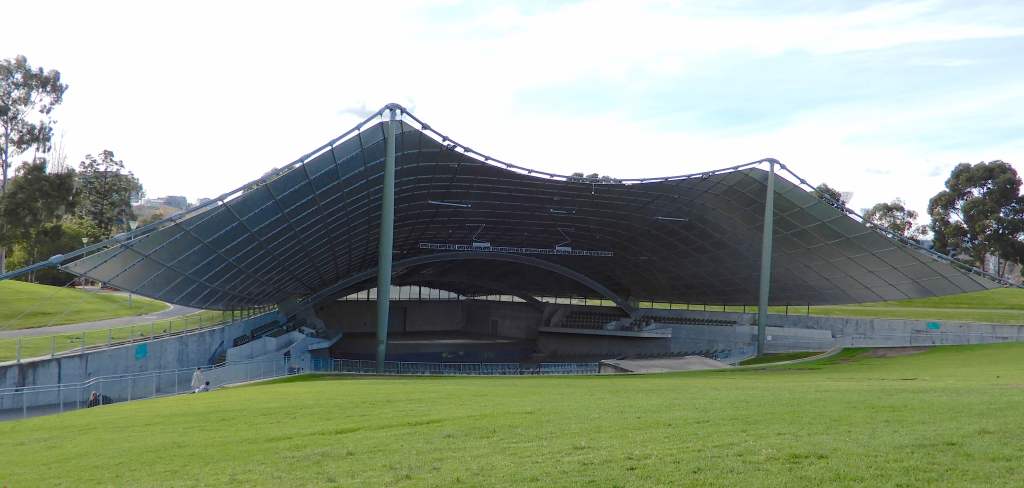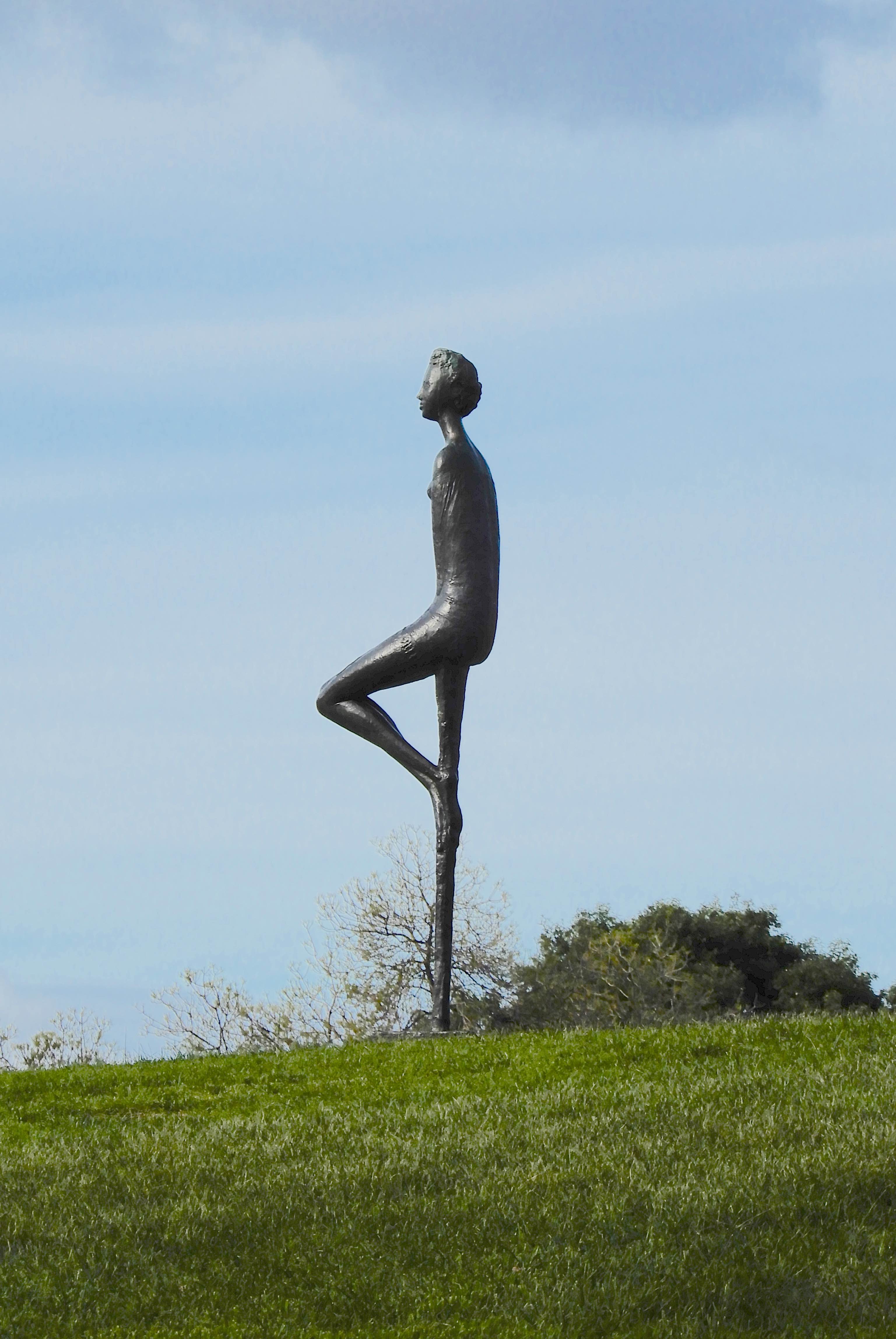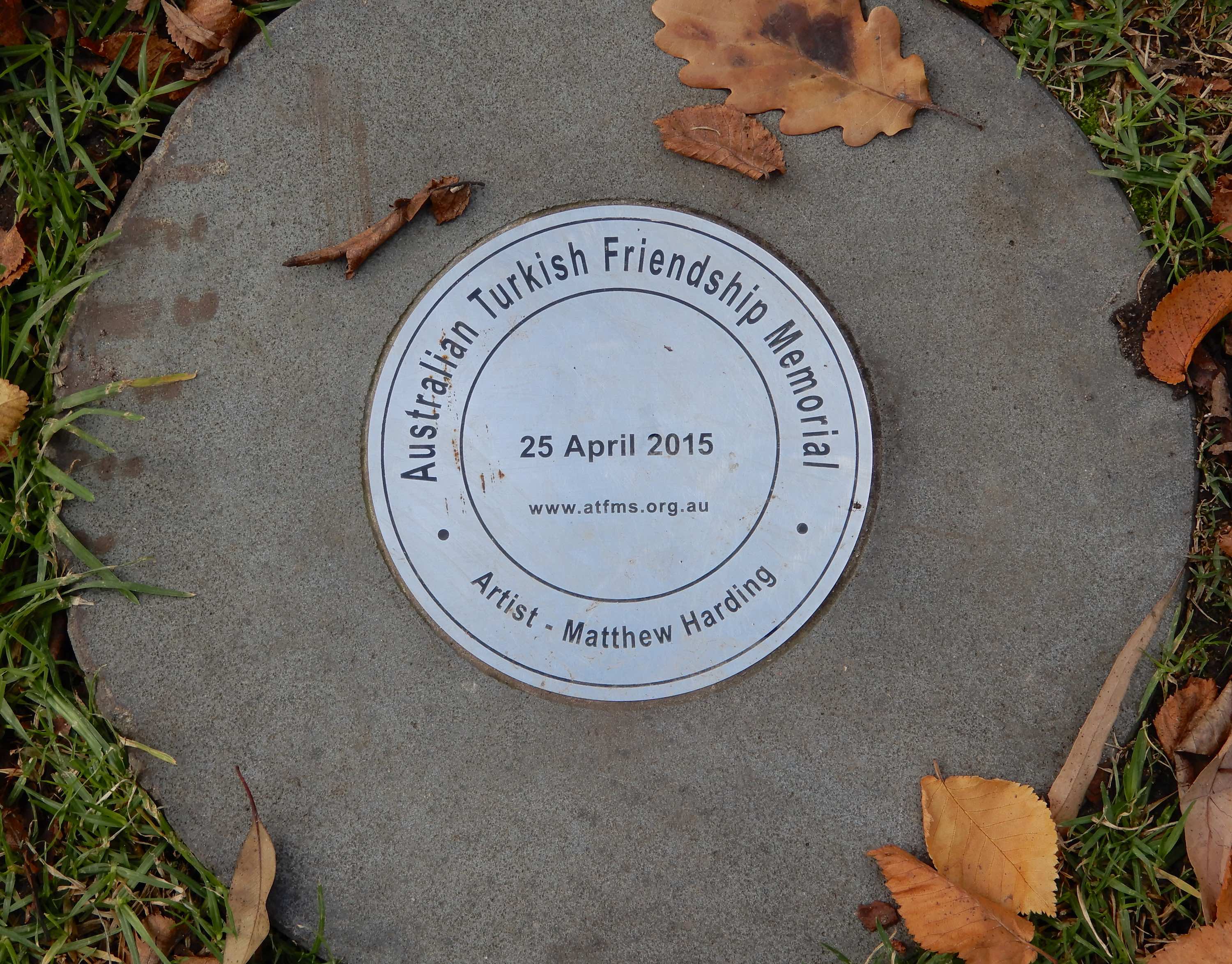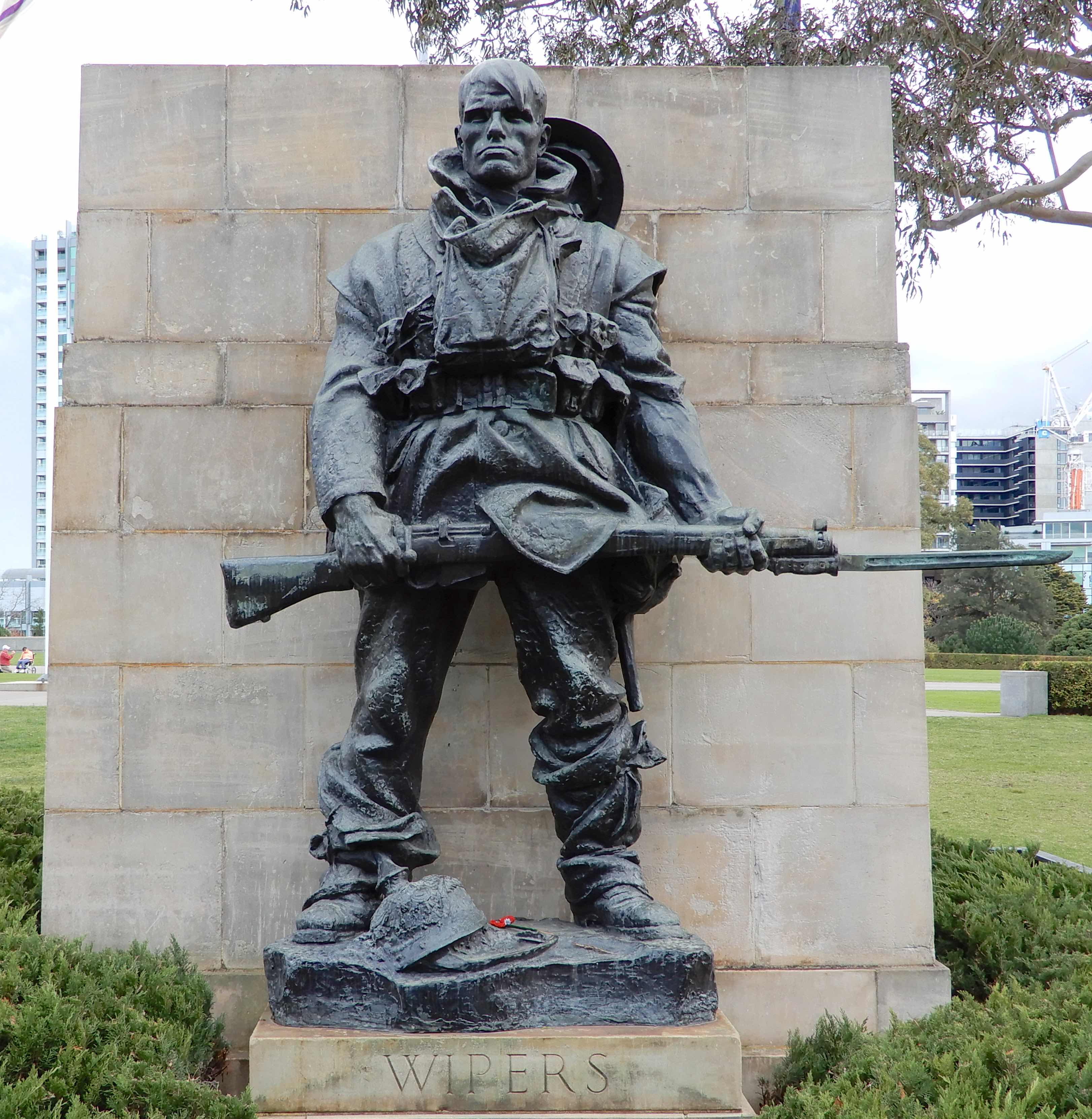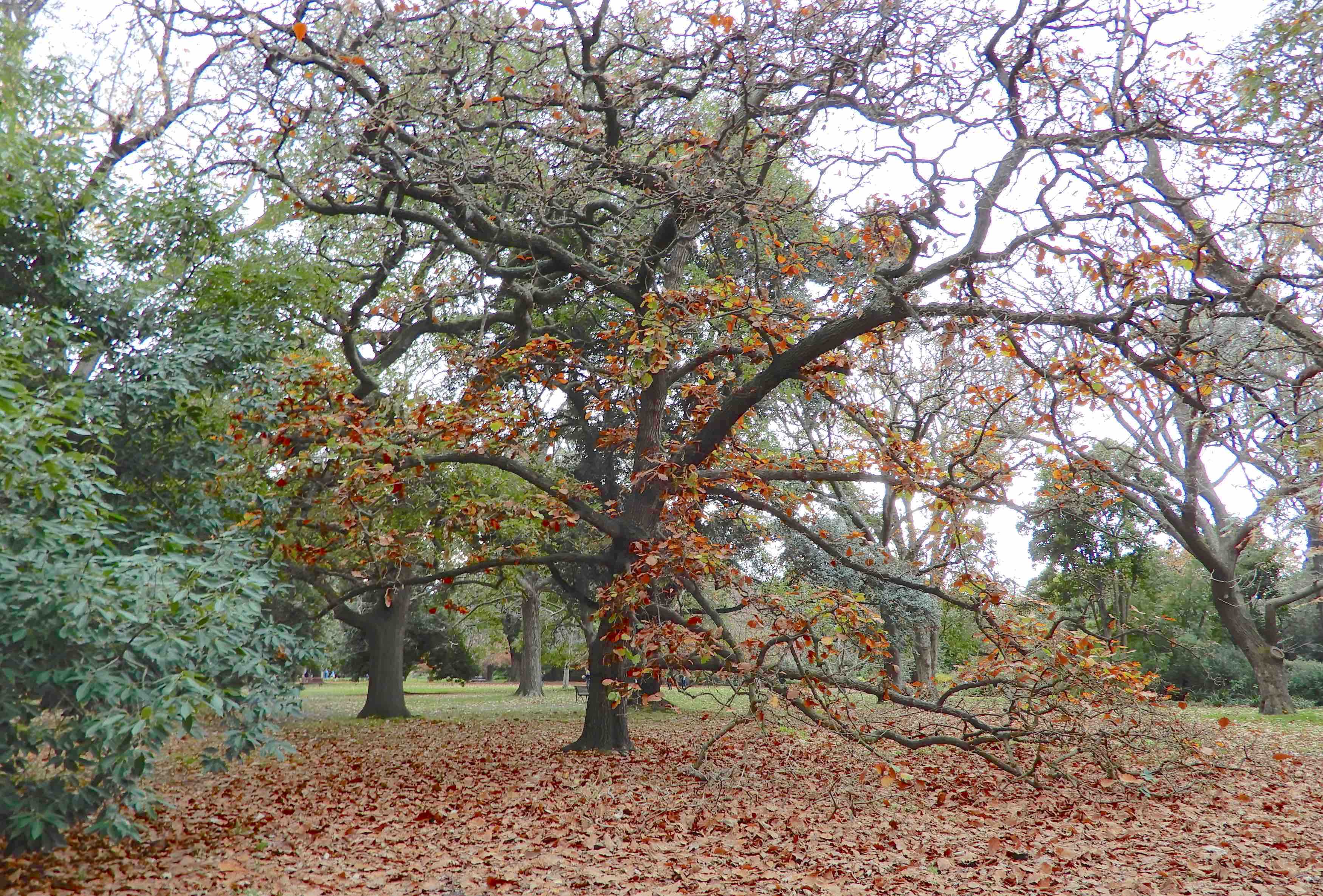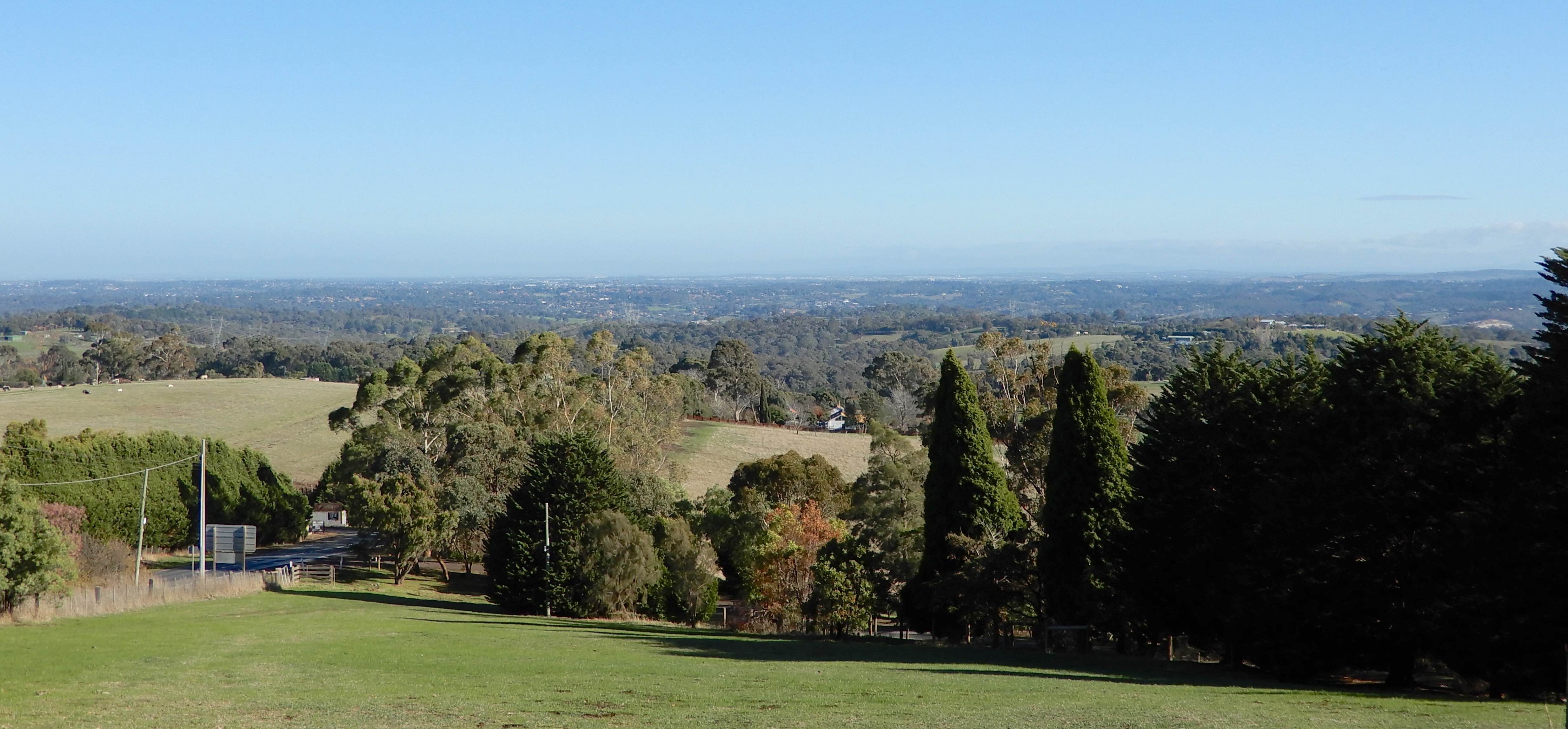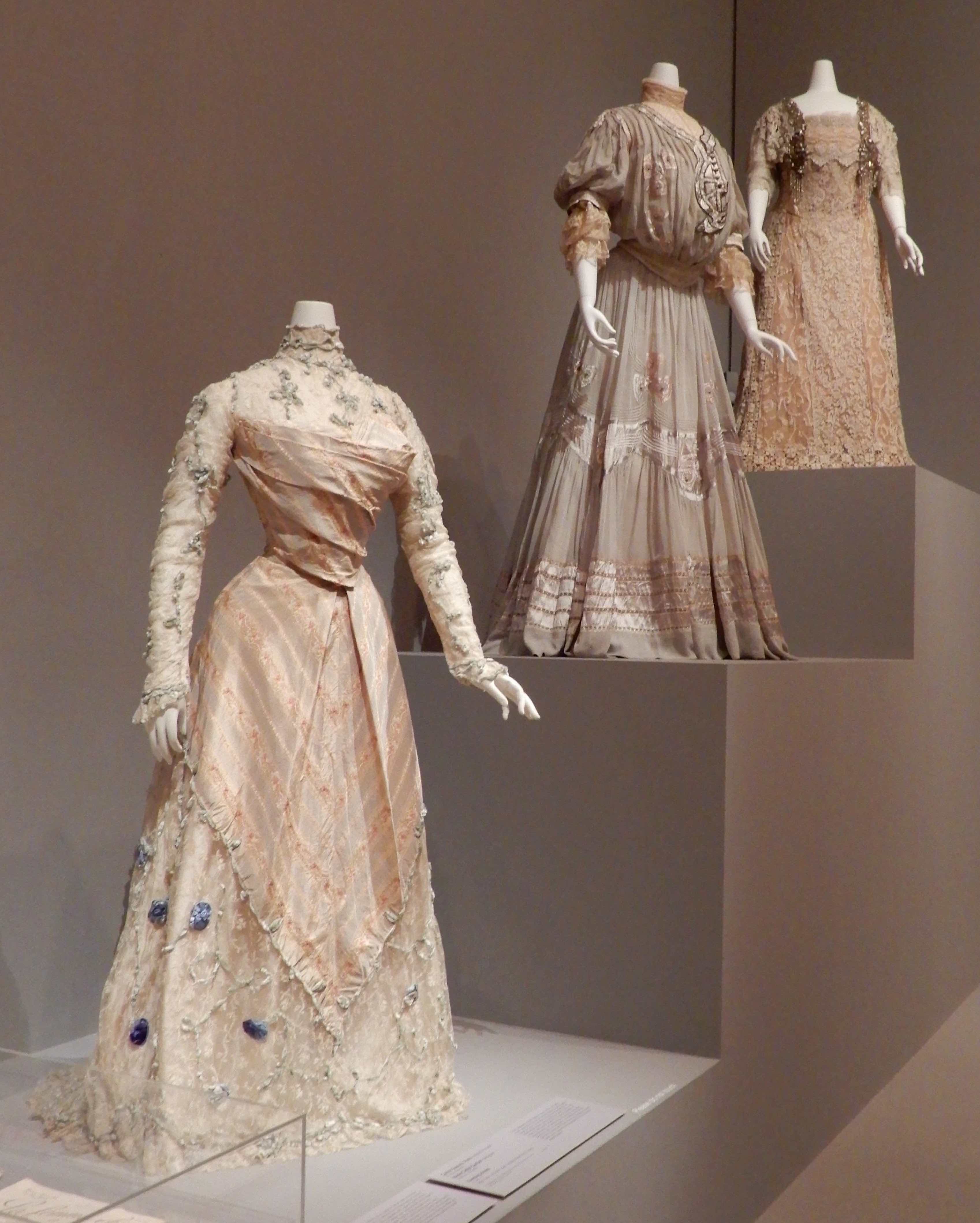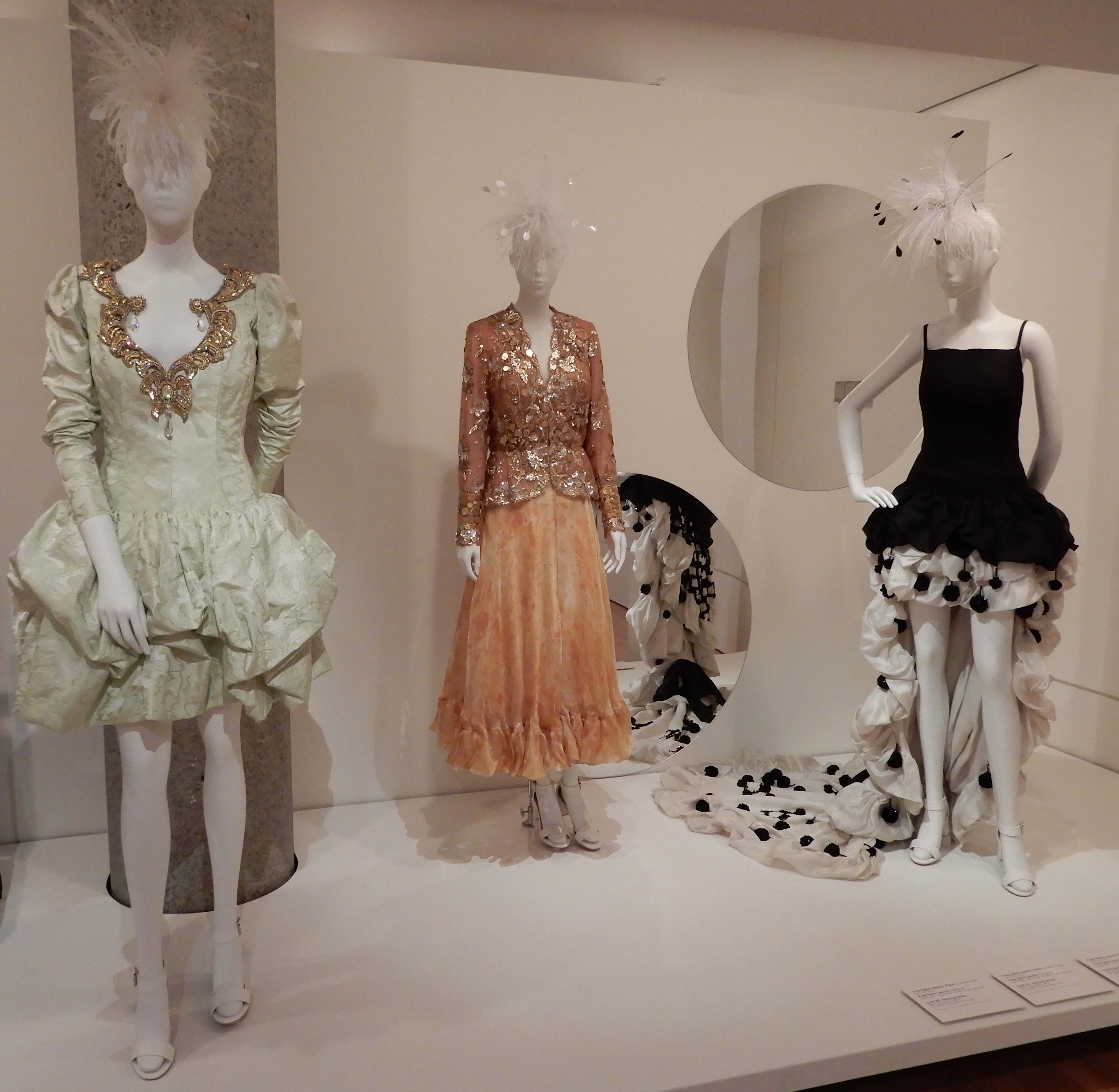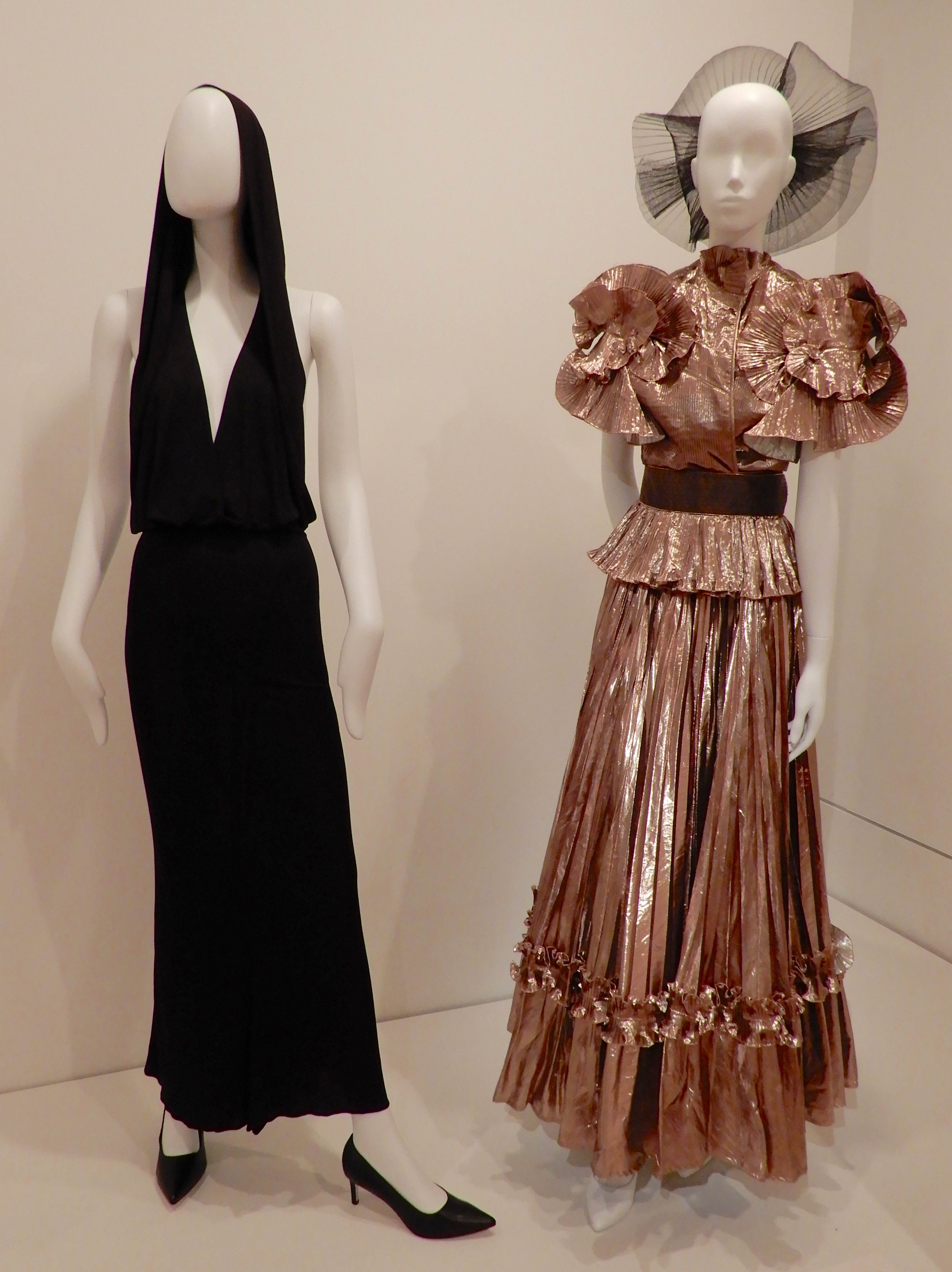Our wonderful trip to Victoria was coming to an end and one of the things we had planned for our last day was Afternoon Tea at The Hotel Windsor. Established in 1883, this magnificent building was then known as The Grand Hotel and soon became recognised as the most stylish and luxurious accommodation in Melbourne.


The property changed hands in 1886 and soon after, under the influence of the temperance movement’s teetotal ideals at the time, became The Grand Coffee Palace. Apparently, serving coffee isn’t quite as profitable as serving alcohol and ten years later, the liquor license was reinstated and The Grand Hotel was reborn. The name was changed to The Windsor following a luncheon attended by The Prince of Wales in 1923. Expansions, renovations and changes of ownership have ensued over the years and, under threat of demolition in 1976, the Victorian Government bought the hotel. As we stepped into the foyer, we were instantly transported to a time of elegance and etiquette.



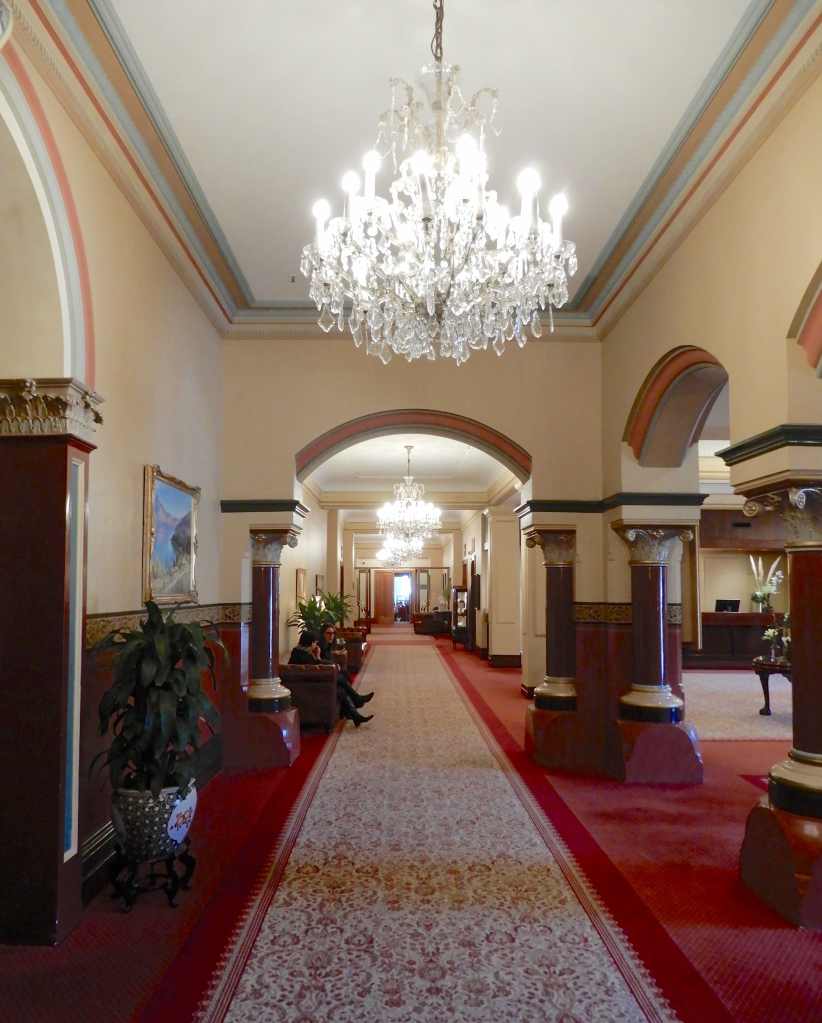
The arched entrance to The Grand Ballroom features etched glass panes and cut ruby glass

and the cantilevered Grand Staircase, built of Stawell stone, rises 75 feet above the lobby.

Even the Ladies Powder Room has an air of grandeur.
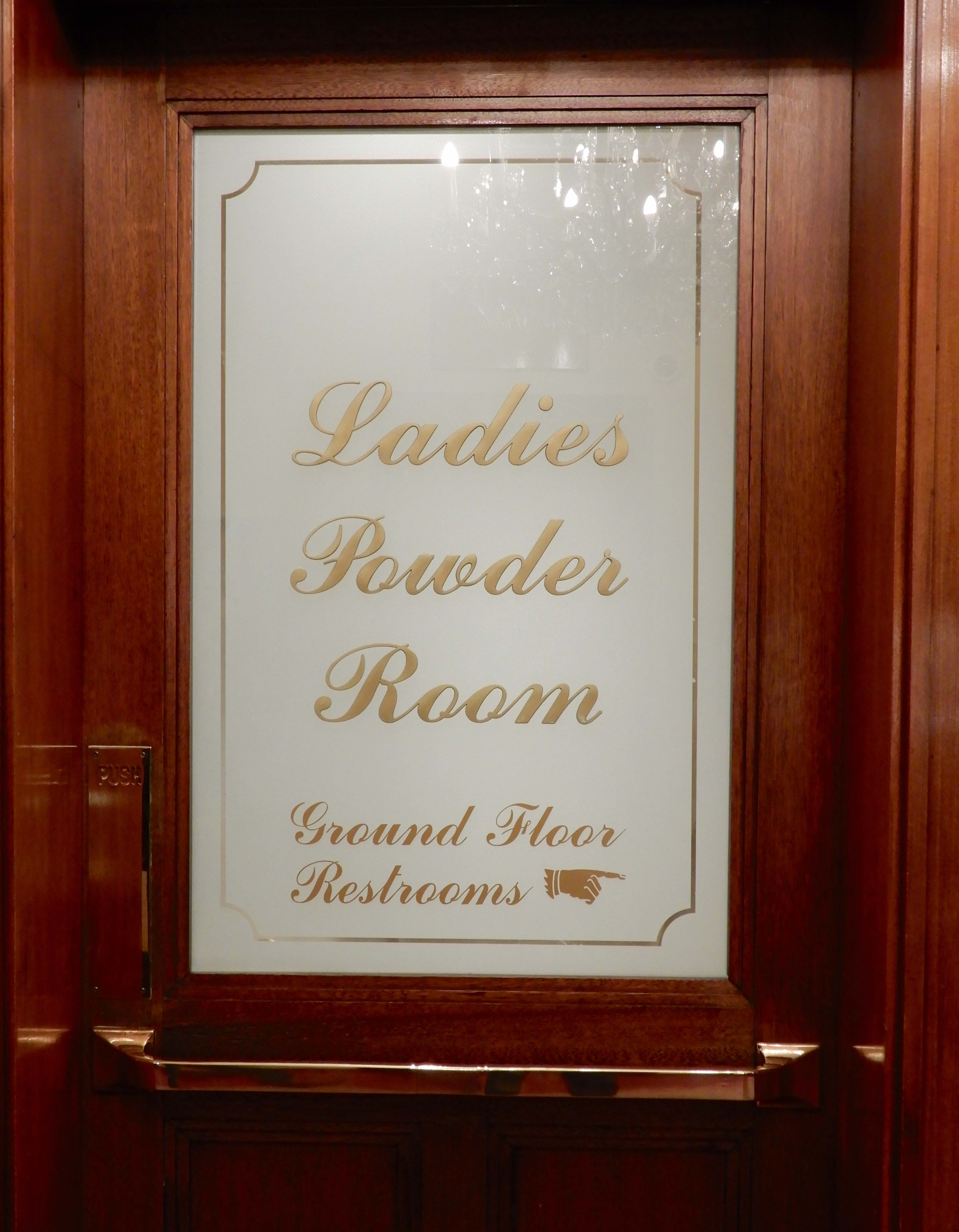



The sumptuous One Eleven lounge is the setting for The Windsor’s Afternoon Tea, a Melbourne institution served since 1883.


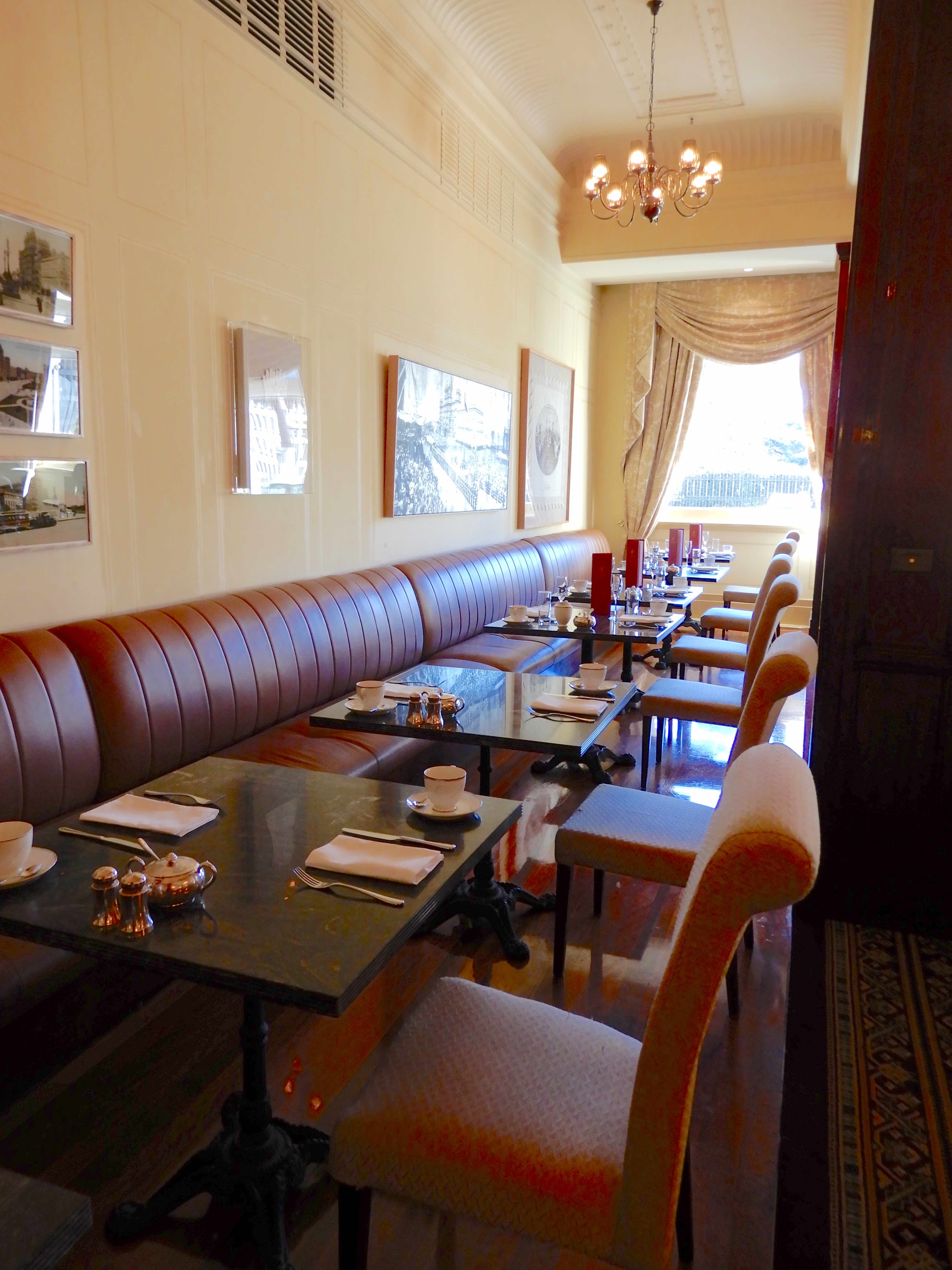
The custom of afternoon tea is said to have originated around the time gas lighting was introduced in the 1800s in Britain. This meant people could stay up later and eat their evening meal later, leaving a longer gap without food. One of Queen Victoria’s ladies-in-waiting is credited with the innovation when, in 1840, she began inviting friends to join her for afternoon beverages and delicious snacks. By 1880, the trend had spread to the homes of the upper classes and tea shops appeared across the country. After years of believing this to be called ‘High Tea’, I have discovered this is not the case. ‘High Tea’ was a substantial meal eaten at a high table by the working classes at the end of the day, around 5pm. What we were about to experience is known as ‘Low Tea’ in reference to the low drawing room tables the tea and delicacies were served from in upper class homes. By that definition, ours was probably ‘Middle Tea’. Greeted with a flute of sparkling wine, it wasn’t long before a three-tiered cake stand laden with mouthwatering morsels arrived.

The menu changes seasonally, our winter warm savoury appetisers were roasted Jerusalem artichoke tart with ricotta, thyme & fine herbs and parmesan crusted gougere with a delicious Gruyere filling.



There were three varieties of melt-in-your-mouth ribbon sandwiches; free range egg with saffron aioli & mustard,smoked chicken Waldorf salad with Victorian walnuts and cucumber with peperonata & Yarra Valley fetta.


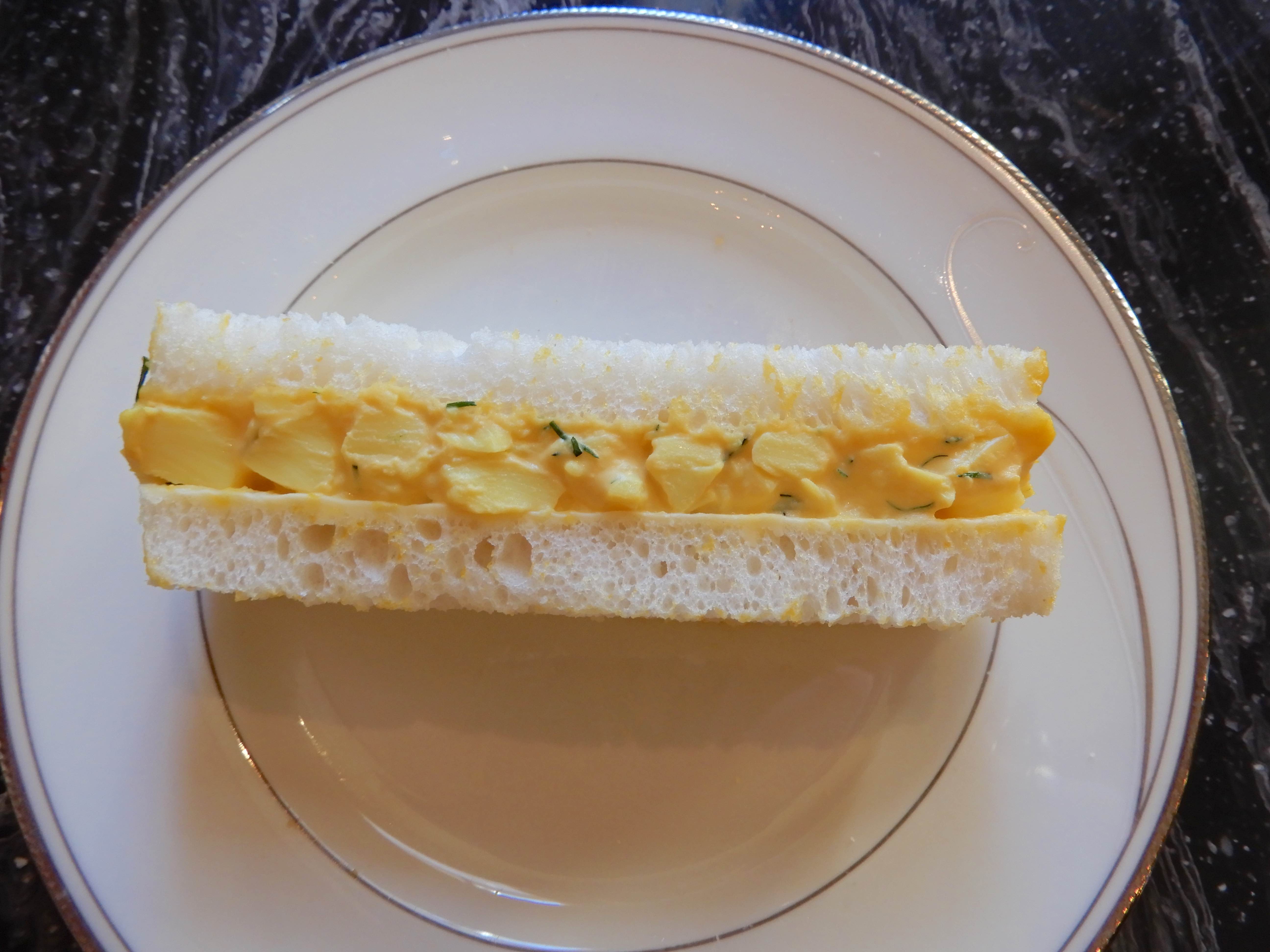
The patisserie presentation was exquisite, we couldn’t decide which to devour first; the pistachio macaron with roasted pistachio & Sicilian pistachio ganache, the vanilla and yuzu religieuse with vanilla bean mousse, yuzu sauce, cremeux & almond sponge or the longchamp with milk chocolate mousse & crispy hazelnut praline.
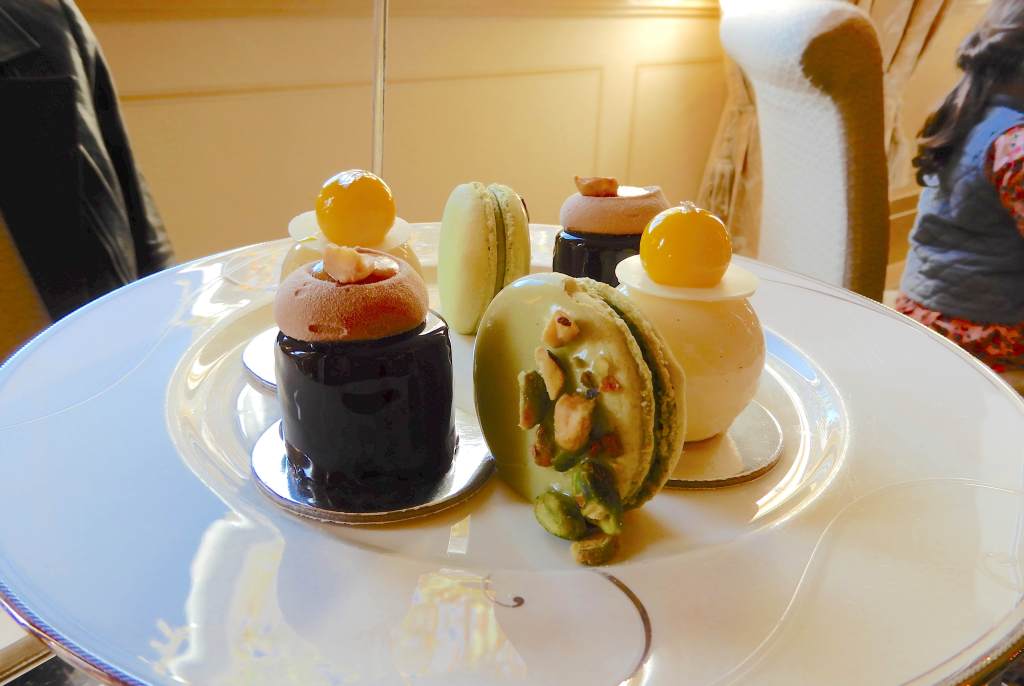



On arrival, we were asked to choose from a selection of eleven teas which were now served in individual silver teapots with an accompanying pot of hot water for those of us who enjoy our brew on the weak side. Freshly baked traditional and raisin scones with housemade jam and double cream completed the indulgence.

The two hour session seems ample when booking but we could happily have lingered all afternoon.





